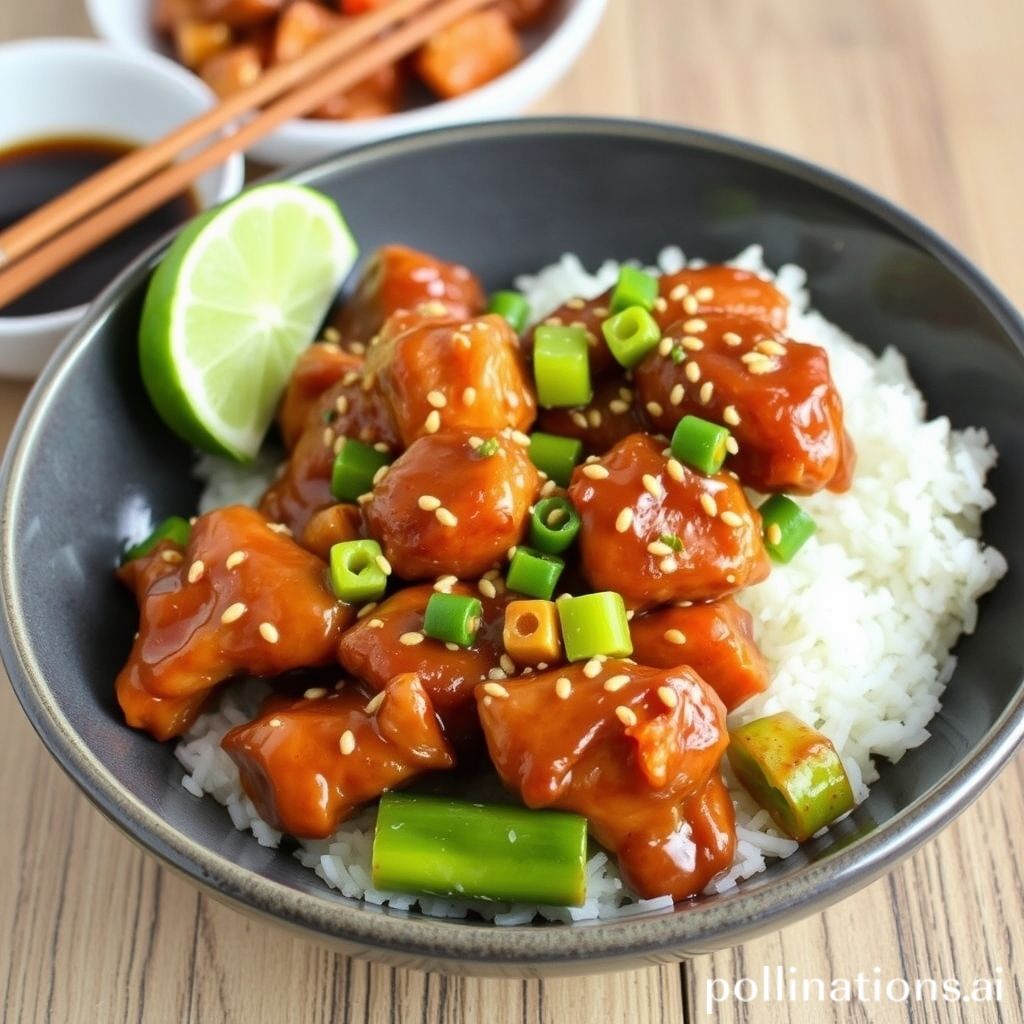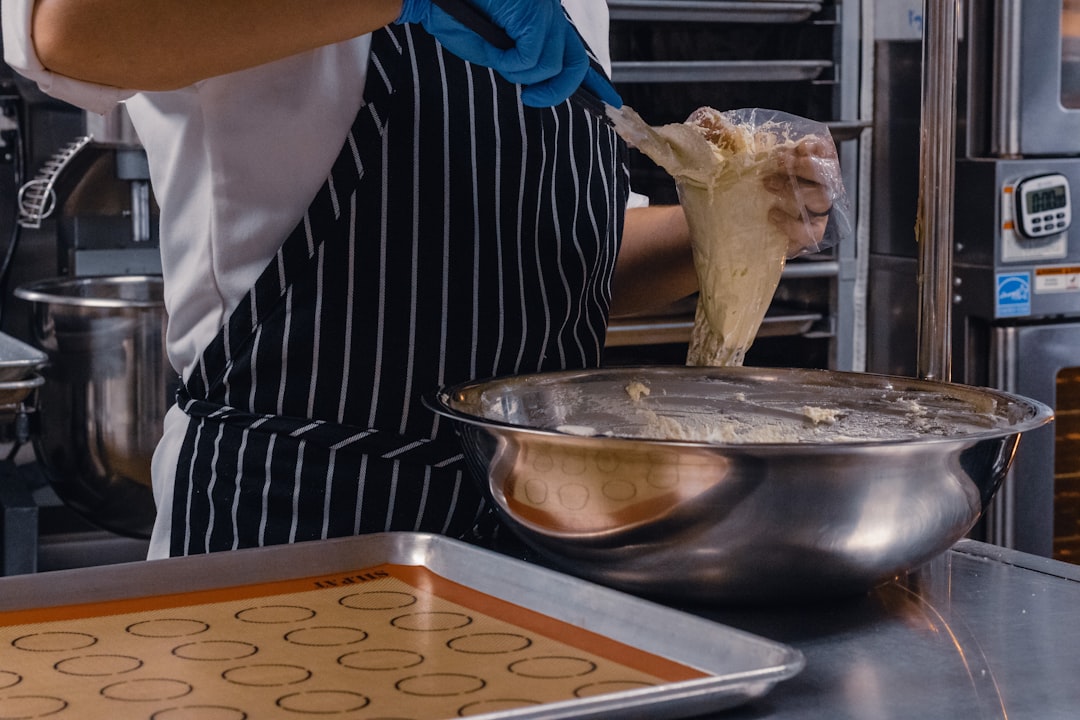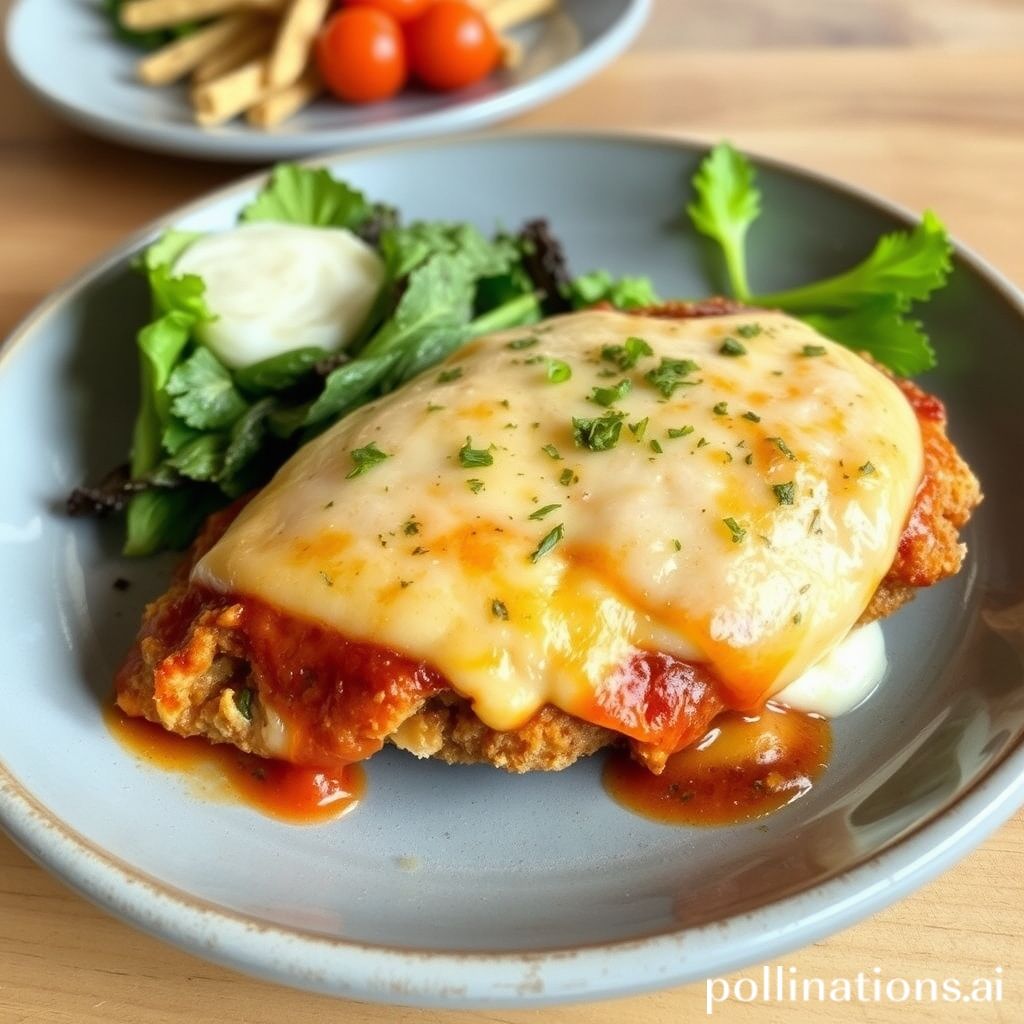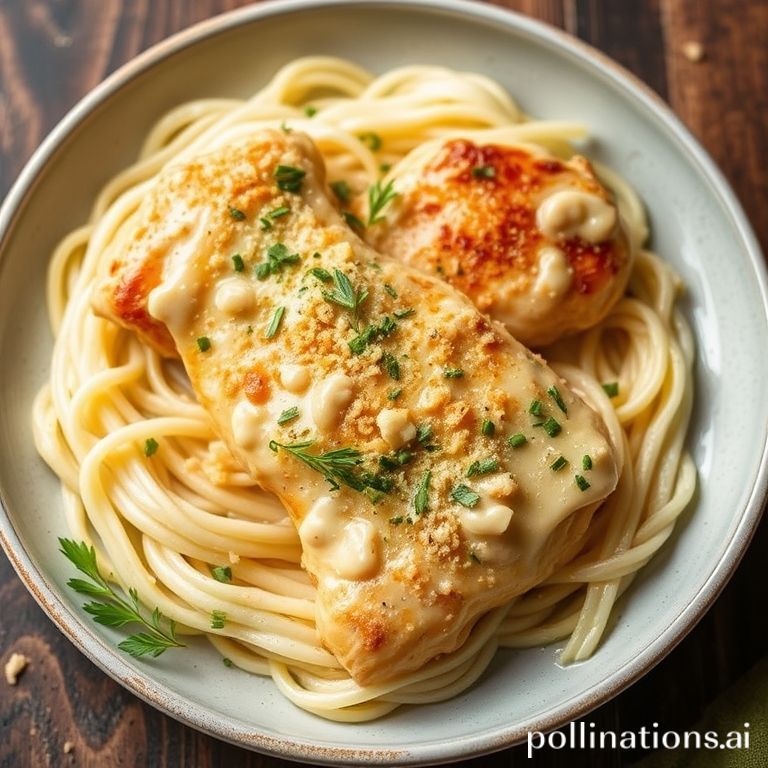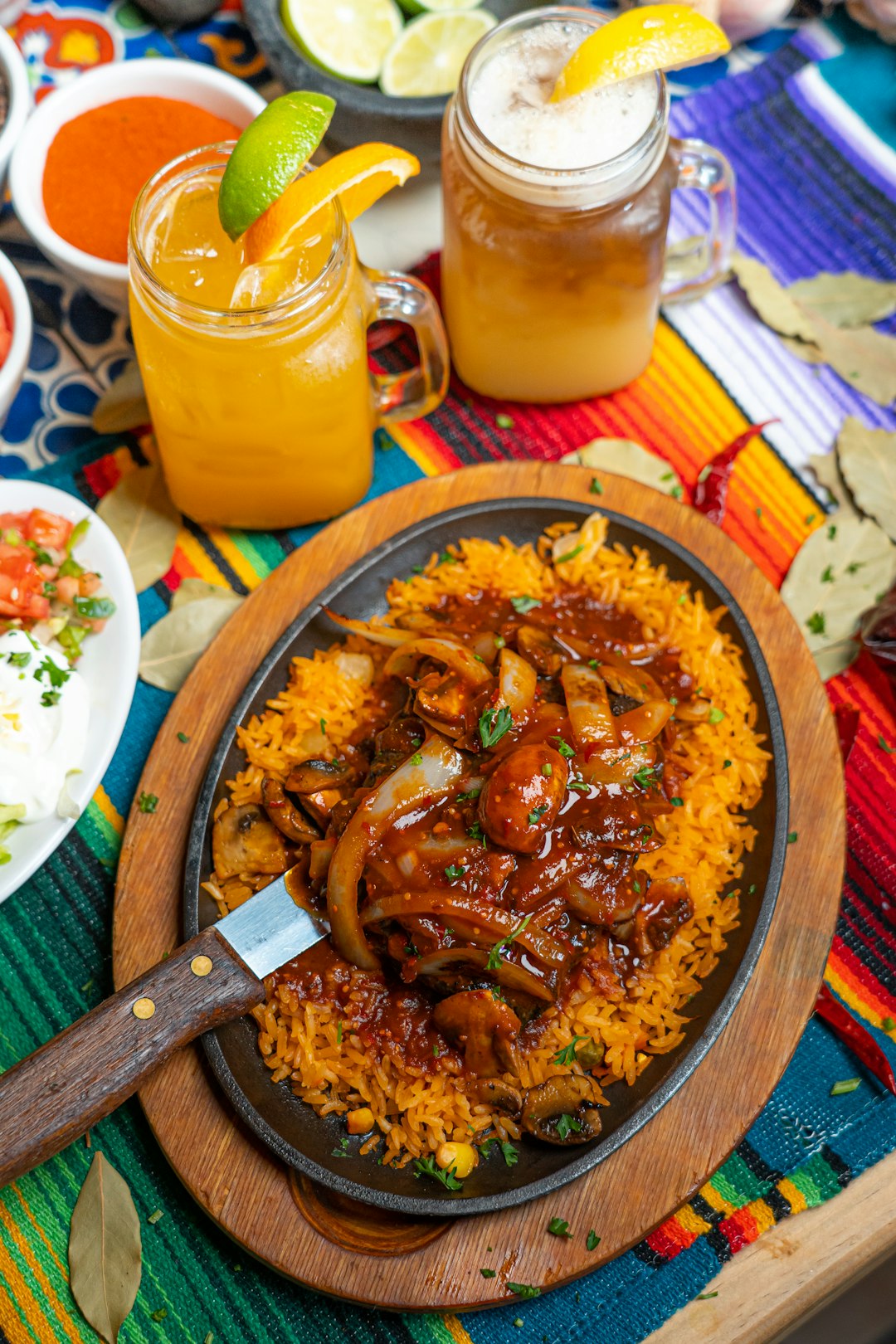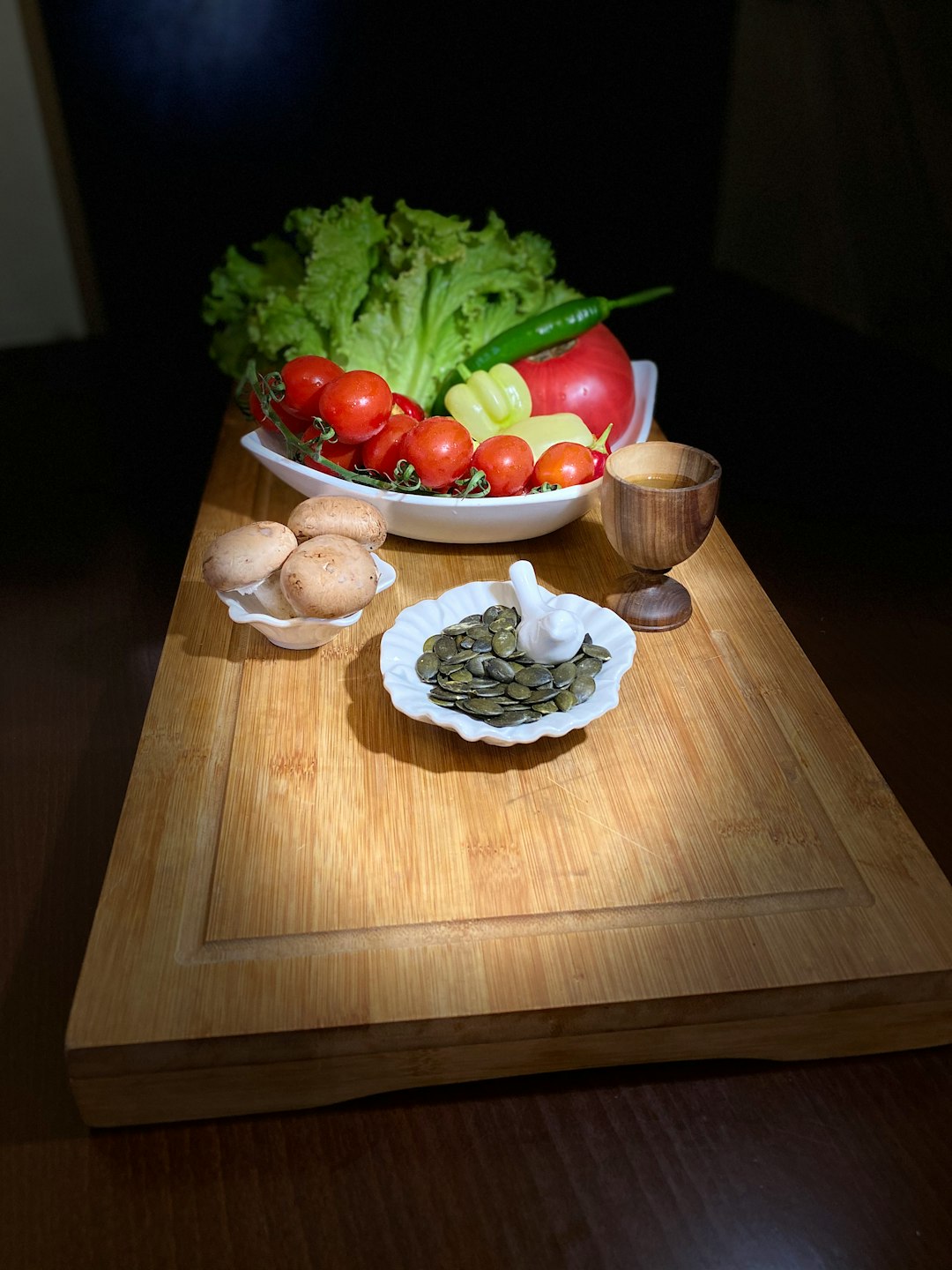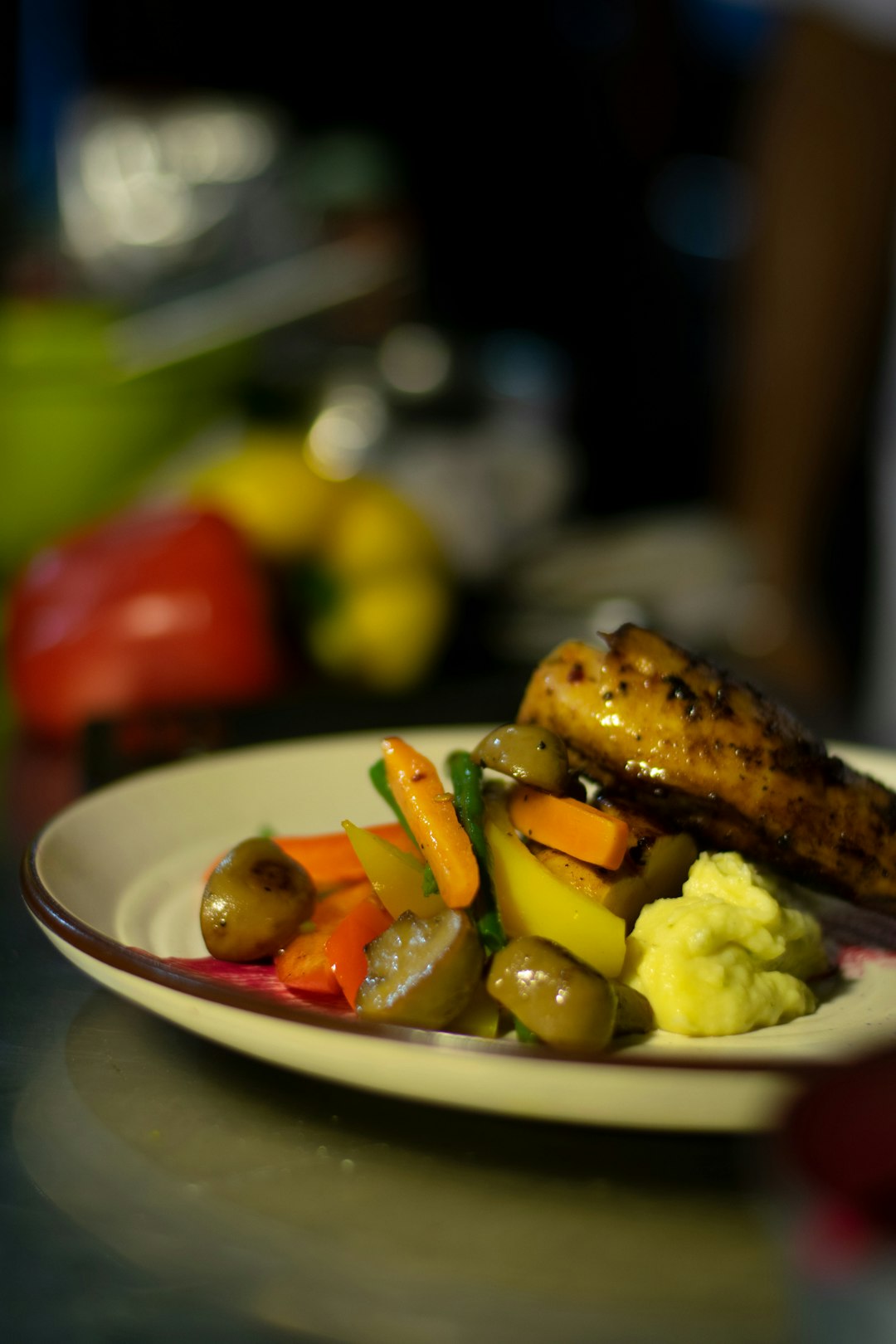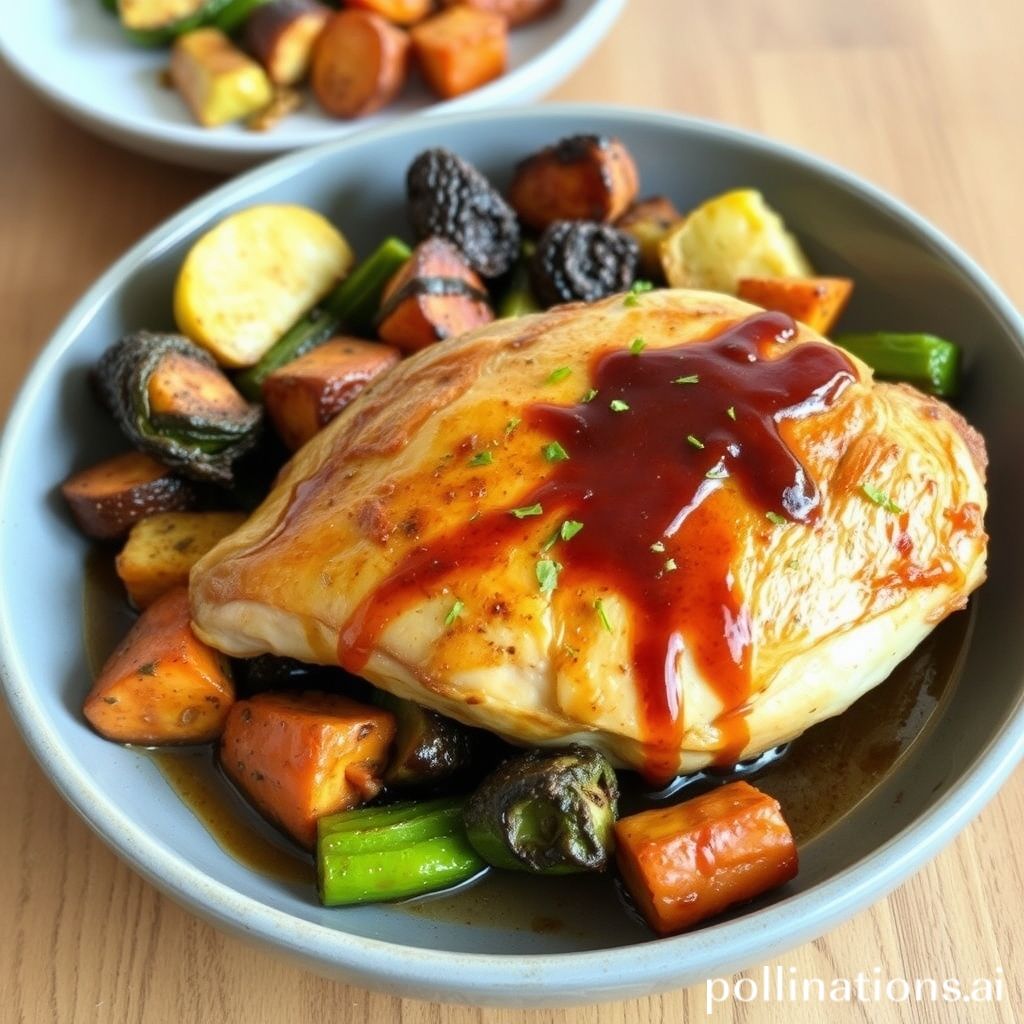Table of Contents
- Introduction
- Overview of Sticky Sesame Chicken and its place in Asian cuisine
- Key ingredients needed for Sticky Sesame Chicken
- Step-by-step guide to cooking Sticky Sesame Chicken
- Tips and tricks for perfecting the texture and flavor of Sticky Sesame Chicken
- Variations and substitutions for Sticky Sesame Chicken to fit dietary preferences
- Pairing suggestions: What to serve with Sticky Sesame Chicken
- Health benefits and nutritional profile of Sticky Sesame Chicken
- Common mistakes to avoid when preparing Sticky Sesame Chicken
- Conclusion
- Frequently Asked Questions
Introduction
If the thought of crispy, sticky, and savory perfection makes your mouth water, you’re in for a delightful journey. Welcome to a culinary adventure where you will master the art of crafting Sticky Sesame Chicken—the dish that’s been winning hearts and tantalizing taste buds across the globe.
What’s the secret to this addictively delicious meal? It’s all in the balance of a few simple ingredients that you might already have in your pantry. Gather your shopping list: 1 lb of chicken breasts, 1/2 cup of soy sauce, 1/4 cup of honey, 2 tablespoons of sesame oil, 1 tablespoon of minced garlic, 1 tablespoon of ginger, 2 tablespoons of sesame seeds, and 1 bunch of green onions for that perfect garnish.
But this isn’t just about ingredients; it’s about giving life to a dish that can transform an ordinary evening into an extraordinary one. As you prepare to dive headfirst into the process of crafting your own Sticky Sesame Chicken, remember that this is as much about creating memories as it is about creating flavors.
Overview of Sticky Sesame Chicken and its place in Asian cuisine
Sticky Sesame Chicken is a delightful dish that has found its way into the hearts of many food enthusiasts around the world. Known for its rich, savory flavor interspersed with a hint of sweetness, this dish features tender, juicy chicken pieces coated in a tangy sesame glaze. The chicken is typically stir-fried to achieve a perfect balance of texture and flavor, resulting in a sticky, glossy exterior that is beautifully complemented by the nutty aroma of toasted sesame seeds.
This flavorful dish holds a significant place in Asian cuisine, often being associated with Chinese culinary traditions where it is appreciated for its simplicity and versatility. It embodies the harmonious blend of sweet and savory often seen in Chinese cooking, making it perfect for pairing with a variety of rice or noodle dishes. Sticky Sesame Chicken is particularly popular in Western countries as well, where it is frequently served in both casual and formal dining settings, owing to its broad appeal.
Moreover, the dish’s adaptability allows it to be a perfect candidate for fusion experiments, bringing together traditional Asian ingredients with contemporary culinary trends. Sticky Sesame Chicken’s unique taste and texture make it a must-try for those looking to explore the delectable world of Asian cuisine.
Key ingredients needed for Sticky Sesame Chicken
Creating the perfect Sticky Sesame Chicken requires a few key ingredients that contribute to its rich flavor and texture. Start with fresh chicken pieces, preferably boneless and skinless, such as chicken thighs or breasts, to ensure even cooking and juicy bites.
For the sauce, you will need soy sauce and honey, which form the savory-sweet base. Soy sauce adds depth and umami, while honey gives that characteristic stickiness and sweet undertone.
Sesame oil is essential for adding a nutty aroma, complemented by a generous amount of sesame seeds that offer a delightful crunch and a distinct earthy flavor.
Garlic and ginger are the aromatic powerhouses in this dish, providing a robust and flavorful foundation. Their sharpness and heat balance with the sweetness of honey, creating a harmonious flavor profile.
To thicken the sauce, cornstarch is often used; it gives the sauce a glossy finish and helps it cling to the chicken.
Finally, a touch of vinegar or rice wine adds a bit of acidity to balance the flavors, ensuring a palate-pleasing dish that is simultaneously savory, sweet, and slightly tangy.
Step-by-step guide to cooking Sticky Sesame Chicken
Sticky Sesame Chicken is a delightful dish that combines savory and sweet flavors with a satisfying crunch, making it a favorite for many home cooks. To start, gather your ingredients: boneless chicken thighs, soy sauce, honey, sesame oil, garlic, cornstarch, and sesame seeds. Having the right ingredients ensures your dish has the perfect balance of flavors and textures. Begin by cutting the chicken into bite-sized pieces and tossing them in cornstarch, coating evenly. This step is crucial for creating that much-loved crispy texture.
Next, heat some oil in a large pan over medium heat. Add the chicken pieces and cook until golden brown and crispy on all sides. While the chicken cooks, mix soy sauce, honey, sesame oil, and minced garlic in a small bowl to create the sticky sauce. Once the chicken is cooked, pour the sauce over the chicken, stirring continuously until the chicken is well coated. The heat will thicken the sauce and enhance the flavors.
Finally, sprinkle the toasted sesame seeds over the chicken, ensuring every piece gets a bit of sesame goodness. Serve this delightful dish hot with a side of steamed rice or your choice of vegetables for a complete meal that everyone will love to savor.
Tips and tricks for perfecting the texture and flavor of Sticky Sesame Chicken
Creating the perfect Sticky Sesame Chicken involves a few key tips and tricks to ensure both texture and flavor are optimized. To begin, selecting the right cut of chicken is crucial. Boneless, skinless chicken thighs are recommended due to their succulent texture and ability to hold up well under high heat. Marinating the chicken is another important step. A blend of soy sauce, garlic, and ginger can enhance the flavor profile, infusing each piece with savory goodness.
When it comes to cooking, achieving the right balance of heat is essential. Start by searing the marinated chicken over medium-high heat to lock in juices, resulting in a crispy exterior. Simultaneously, prepare your sticky sesame sauce using a mixture of soy sauce, honey, sesame oil, and a touch of sriracha for a hint of heat.
Reduce the heat to medium-low and allow the sauce to simmer, thickening into a glossy glaze that coats the chicken evenly.
Adding toasted sesame seeds and chopped green onions not only enhances the appearance but also adds a layer of texture. These elements conspire to create a dish that is as visually appealing as it is delicious.
Variations and substitutions for Sticky Sesame Chicken to fit dietary preferences
Sticky Sesame Chicken is a versatile dish that can be adapted to suit various dietary preferences without sacrificing its delicious flavor. For those following a vegetarian or vegan diet, tofu is an excellent substitute for chicken. Simply cube the tofu and sauté it until golden and crispy before tossing it in the sticky sesame sauce. If you’re gluten-free, consider using tamari or coconut aminos in place of traditional soy sauce to keep the sauce free from gluten. For a lower-carb option, serve the dish over a bed of cauliflower rice or zucchini noodles instead of traditional rice or noodles.
To reduce sugar intake, swap out honey or sugar in the sauce for alternatives like stevia or monk fruit sweetener. For added nutrition, incorporate a variety of vegetables such as bell peppers, broccoli, and snap peas, which not only enhance the dish’s nutritional profile but also add vibrant color and texture. Finally, for those mindful of sodium levels, opt for low-sodium soy sauce and monitor the amount used to adjust the saltiness to your liking. These variations ensure that Sticky Sesame Chicken can be a meal that everyone can enjoy, tailored to diverse dietary needs and preferences.
Pairing suggestions: What to serve with Sticky Sesame Chicken
Sticky Sesame Chicken is a delightful dish that is both savory and sweet, making it a versatile option for pairing with a variety of sides. To balance its rich flavors, consider serving it with a light and fluffy jasmine rice. This aromatic rice complements the dish perfectly, absorbing the sticky sauce while adding an exotic fragrance to the meal.
Another great option is steamed vegetables such as broccoli or bok choy. Their natural crispness and subtle taste help to counterbalance the richness of the chicken, providing a nutritional boost to the meal. For those who crave a bit more zing, a simple cucumber salad tossed in a vinegar dressing can provide a refreshing contrast to the sesame-laden flavors.
If you prefer a heartier companion, consider garlic noodles or a simple vegetable fried rice. These not only make the meal more substantial but also blend well with the umami notes of the chicken without overpowering its unique taste. To round off the meal, you might also opt for a glass of chilled white wine or green tea, both of which cleanse the palate and enhance the dining experience.
Health benefits and nutritional profile of Sticky Sesame Chicken
Sticky Sesame Chicken, a delicious fusion dish, not only satisfies your taste buds but also offers several health benefits. Packed with protein, chicken is an excellent source of lean protein essential for muscle repair and growth. It provides important nutrients such as vitamin B6, which plays a critical role in supporting brain health and metabolism.
The sesame seeds in the dish add a delightful crunch while being rich in healthy fats, fiber, and plant-based protein. They are an excellent source of calcium and phosphorus, which are crucial for maintaining strong bones and teeth. Sesame seeds are also known for their antioxidant properties, which help in reducing inflammation and protecting cells from damage.
When prepared with ingredients like low-sodium soy sauce and plenty of fresh vegetables, Sticky Sesame Chicken becomes a well-rounded meal, offering a good balance of macronutrients and micronutrients. It’s important, however, to enjoy this dish in moderation, considering the sauce can contain sugars and sodium. Overall, incorporating such flavorful dishes into a balanced diet can contribute positively to one’s nutritional intake while delighting the palate.
Common mistakes to avoid when preparing Sticky Sesame Chicken
When preparing Sticky Sesame Chicken, there are several common mistakes to avoid to ensure your dish turns out perfect. One frequent error is not properly marinating the chicken, which can result in a lack of flavor. Marinating allows the chicken to absorb the rich soy and ginger flavors, so be sure to allocate adequate time for this step.
Another mistake is overcrowding the pan when cooking. Overcrowding can cause the chicken pieces to steam rather than fry, leading to a less crispy texture. It is advisable to cook in batches if necessary.
Failing to use cornflour in the sauce can also be a pitfall. Cornflour is essential for thickening the sauce, helping to achieve that desirable sticky texture. Always dissolve it in a bit of cold water before adding it to the pan to prevent lumps.
Additionally, using low-quality sesame oil might compromise the overall flavor. Invest in good quality toasted sesame oil for a more authentic taste. Lastly, not garnishing with sesame seeds and scallions can make your dish appear less appetizing. These finishing touches not only enhance the presentation but also add essential flavor components.
Conclusion
In conclusion, mastering the art of crafting Sticky Sesame Chicken at home not only guarantees a satisfyingly delicious meal, but it also opens the door to exploring the rich tapestry of Asian cuisine. With the right ingredients and steps, you can create a dish that is both flavorful and flexible enough to fit a variety of dietary preferences. Whether it’s the robust zest of garlic and sesame oil or the luscious texture created by the sticky glaze, each bite is a harmonious blend of textures and flavors. As you perfect this recipe, remember that innovation is key. Experiment with different ingredients or pairings to create your perfect version of Sticky Sesame Chicken.
For those truly looking to elevate their chicken dishes, let the The Chicken Bible: Say Goodbye to Boring Chicken with 500 Recipes for Easy Dinners, Braises, Wings, Stir-Fries, and So Much More be your guide. With over 500 recipes, this book is the ultimate resource for chicken enthusiasts. Don’t miss this opportunity to transform your kitchen into a hub of culinary creativity and flavor. Order your copy today and take the first step towards dining delight!

